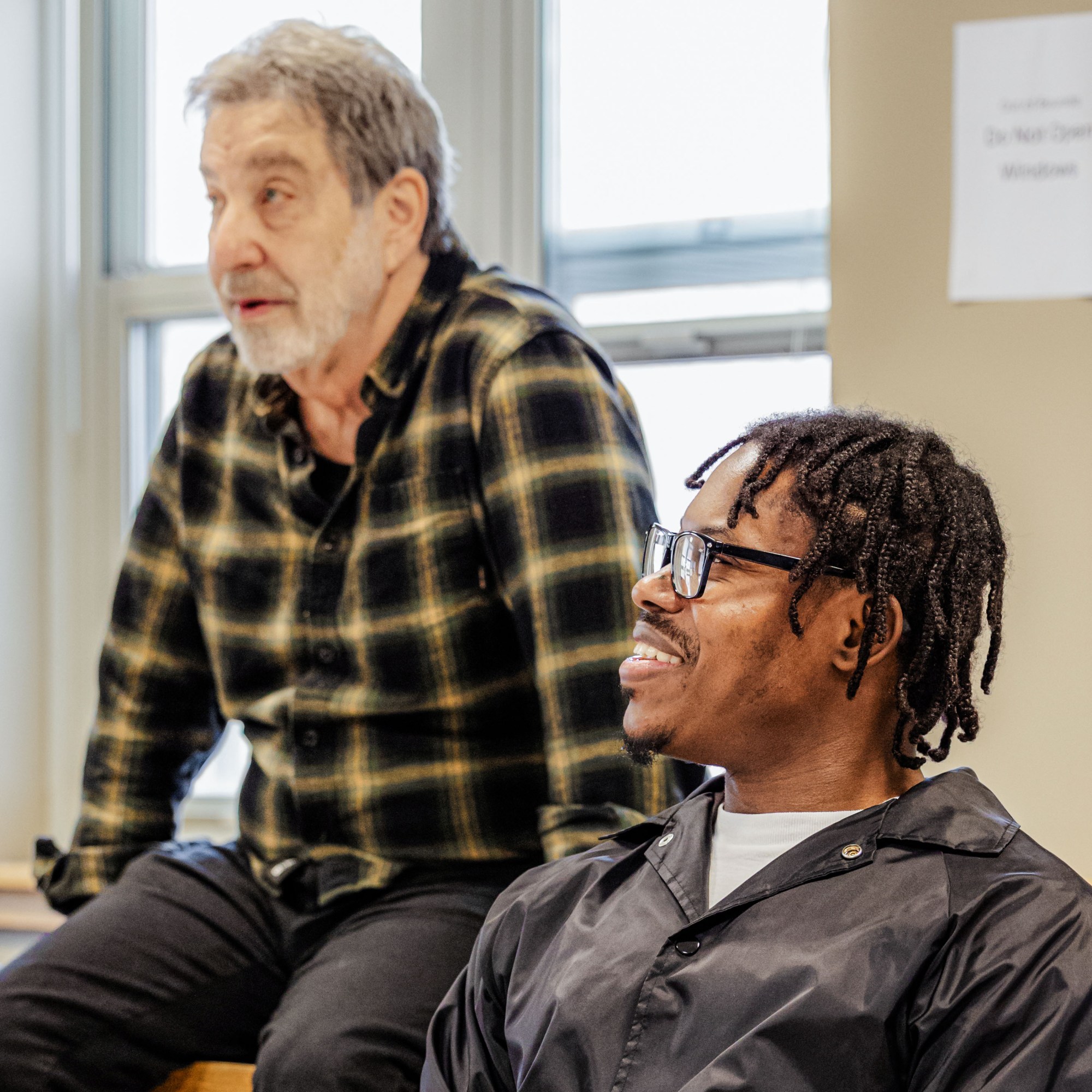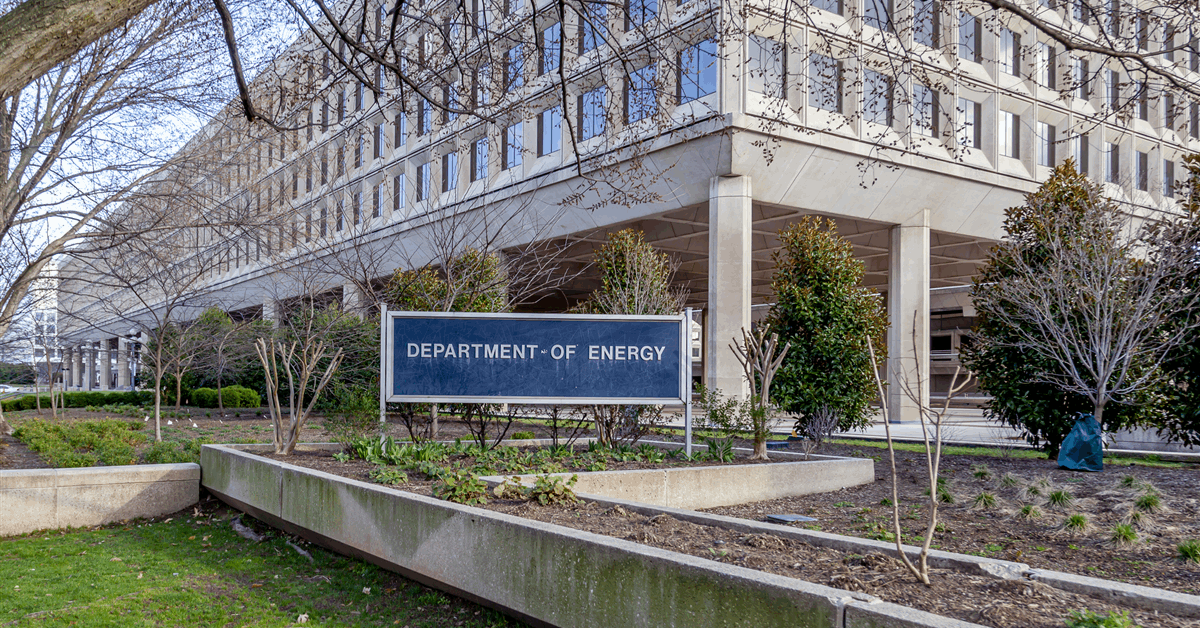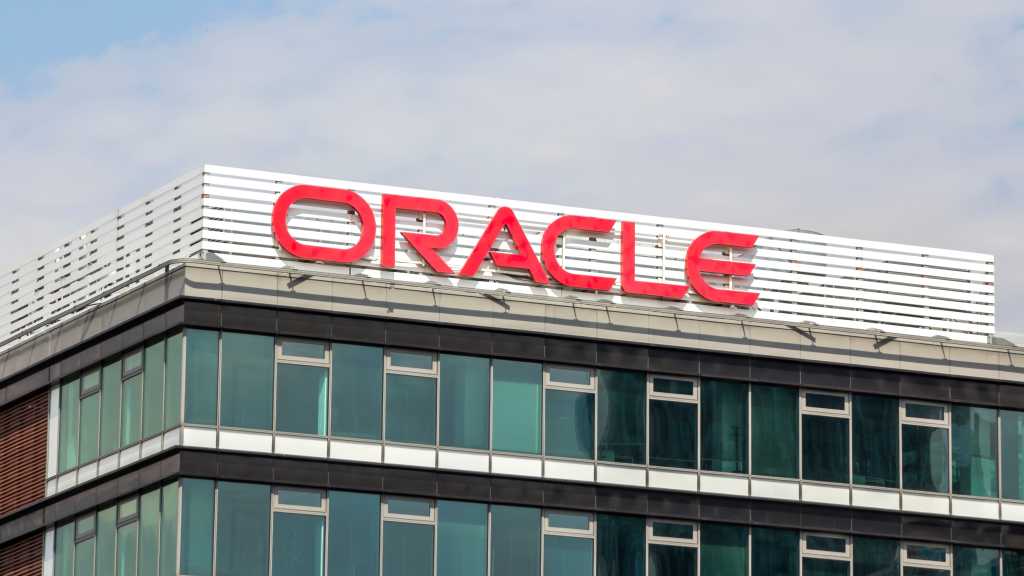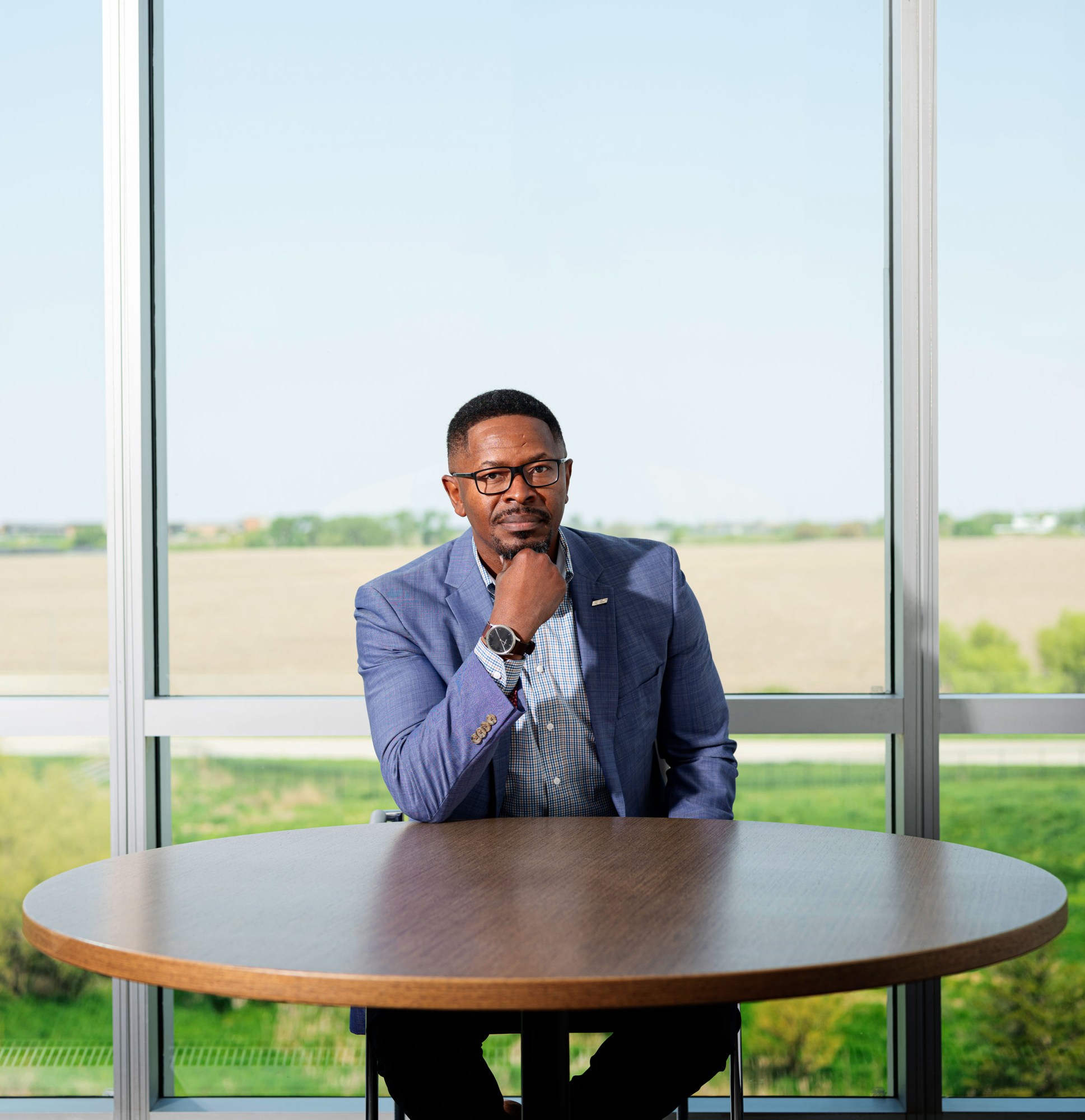When the prison doors first closed behind him more than 50 years ago, Lee Perlman, PhD ’89, felt decidedly unsettled.
In his first job out of college, as a researcher for a consulting company working on a project for the US Federal Bureau of Prisons, he had been tasked with interviewing incarcerated participants in a drug rehab program. Once locked inside, he found himself alone in a room with a convicted criminal. “I didn’t know whether I should be scared,” he recalls.
Since then, he has spent countless hours in such environments in his role as a teacher of philosophy. He’s had “very, very few experiences” where he felt unsafe in prisons over the years, he says. “But that first time you go in, you do feel unsafe. I think that’s what you should feel. That teaches you something about what it feels like for anybody going into prison.”
As a lecturer in MIT’s Experimental Study Group (ESG) for more than 40 years, Perlman has guided numerous MIT students through their own versions of that passage through prison doors. He first began teaching in prisons in the 1980s, when he got the idea of bringing his ESG students studying nonviolence into the Massachusetts Correctional Institution at Norfolk to talk with men serving life sentences. The experience was so compelling that Perlman kept going back, and since the early 2000s he has been offering full courses behind bars.
In 2018, Perlman formalized these efforts by cofounding the Educational Justice Institute (TEJI) at MIT with Carole Cafferty, a former corrections professional. Conceived both to provide college-level education with technology access to incarcerated individuals and to foster empathy and offer a window into the criminal justice system for MIT students, TEJI creates opportunities for the two groups to learn side by side.
“There’s hard data that there’s nothing that works like education to cut recidivism, to change the atmosphere within a prison so prisons become less violent places.”
Lee Perlman, PhD ’89
“We believe that there are three fundamental components of education that everybody should have, regardless of their incarceration status: emotional literacy, digital literacy, and financial literacy,” says Cafferty. TEJI offers incarcerated students classes in the humanities, computer science, and business, the credits from which can be applied toward degrees from private universities and community colleges. The emotional literacy component, featuring Perlman’s philosophy courses, is taught in an “inside-out” format, with a mixed group of incarcerated “inside” students and “outside” classmates (from MIT and other universities where TEJI courses are sometimes cross-listed).
“I’ve been really torn throughout my life,” Perlman says, “between this part of me that would like to be a monk and sit in a cave and read books all day long and come out and discuss them with other monks, and this other half of me that wants to do some good in the world, really wants to make a difference.” Behind prison walls, the concepts he relishes discussing—love, authenticity, compassion—have become his tools for doing that good.
TEJI also serves as a convener of people from academia and the criminal justice system. Within MIT, it works with the Sloan School of Management, the Music and Theater Arts Section, the Priscilla King Gray Public Service Center, and others on courses and special prison-related projects. And by spearheading broader initiatives like the Massachusetts Prison Education Consortium and the New England Commission on the Future of Higher Education in Prison, TEJI has helped lay the groundwork for significant shifts in how incarcerated people across the region and beyond prepare to rejoin society.
“Lee and I both share the belief that education can and should be a transformative force in the lives of incarcerated people,” Cafferty says. “But we also recognize that the current system doesn’t offer a lot of opportunities for that.” Through TEJI, they’re working to create more.
Perlman didn’t set out to reform prison education. “There’s never been any plan,” he says. “Before I was an academic I was a political organizer, so I have that political organizer brain. I just look for … where’s the opening you can run through?”
Before earning his PhD in political philosophy, Perlman spent eight years making his mark on Maryland’s political scene. At age 28, he came up short by a few hundred votes in a primary for the state senate. In the late 1970s, Perlman says, he was named one of 10 rising stars in Maryland politics by the Baltimore Sun and one of the state’s most feared lobbyists by Baltimore Magazine because he got lawmakers to “do things they’d be perfectly willing to leave alone,” as he puts it, like pass election reform bills. The legislators gave him the nickname Wolfman, “probably just because I had a beard,” he says, “but it kind of grew to mean other things.”
Perlman still has the beard. Working in tandem with Cafferty and others, he’s also retained his knack for nudging change forward.

Cafferty understands, better than most, how difficult that can be in the prison system. She held numerous roles in her 25-year corrections career, ultimately serving as superintendent of the Middlesex Jail and House of Correction, where she oversaw the introduction of the first tablet-based prison literacy program in New England.
“I used to say someday when I write a book, it’s going to be called Swimming Against the Tide,” she says. In a correctional environment, “safety and security come first, always,” she explains. “Programming and education are much further down the list of priorities.”
TEJI’s work pushes against a current in public opinion that takes a punitive rather than rehabilitative view of incarceration. Some skeptics see educating people in prison as rewarding bad deeds. “Out in the world I’ve had people say to me, ‘Maybe I should commit a crime so I can get a free college education,’” says Perlman. “My general response is, well, you really have one choice here: Do you want more crime or less crime? There’s hard data that there’s nothing that works like education to cut recidivism, to change the atmosphere within a prison so prisons become less violent places. Also, do you want to spend more or do you want to spend less money on this problem? For every dollar we spend on prison education and similar programs, we save five dollars.”
The research to which Perlman refers includes a 2018 RAND study, which found that participants in correctional education programs in the US were 28% less likely to reoffend than their counterparts who did not participate. It’s a powerful number, considering that roughly 500,000 people are released from custody each year. Perlman has such statistics at the ready, as he must. But talk to him for any amount of time and the humanity behind the numbers is what stands out.
“There is a sizable group of people in prison who, if society was doing a better job, would have different lives,” he says, noting that “they’re smart enough and they have character enough” to pull it off: “We can make things happen in prison that will put them on a different path.”
“Most of the people I teach behind bars are people that have had terrible experiences with education and don’t feel themselves to be very capable at all,” he says. So he sometimes opens his class by saying: “Something you probably wouldn’t guess about me is that I failed the 11th grade twice and dropped out of high school. And now I have a PhD from MIT and I’ve been teaching at MIT for 40 years. So you never know where life’s gonna lead you.”
Though Perlman struggled to find his motivation in high school, he “buckled down and learned how much I loved learning,” as he puts it, when his parents sent him to boarding school to finish his diploma. He went on to graduate from St. John’s College in Annapolis, Maryland. Growing up in Michigan in the 1960s, he’d learned about fair housing issues because his mother was involved with the civil rights movement, and he lived for a time with a Black family that ran a halfway house for teenage girls. By the time he took that first job interviewing incarcerated former drug addicts, he was primed to understand their stories within the context of poverty, discrimination, and other systemic factors. He began volunteering for a group helping people reenter society after incarceration, and as part of his training, he spent a night booked into jail.
“I didn’t experience any ill treatment,” he says, “but I did experience the complete powerlessness you have when you’re a prisoner.”
Jocelyn Zhu ’25 took a class with Perlman in the fall of 2023 at the Suffolk County House of Correction, and entering the facility gave her a similar sense of powerlessness.
“We had to put our phones away, and whatever we were told to do we would have to do, and that’s not really an experience that you’re in very often as a student at MIT,” says Zhu. “There was definitely that element of surrender: ‘I’m not in charge of my environment.’”
On the flip side, she says, “because you’re in that environment, the only thing you’re doing while you’re there is learning—and really focusing in on the discussion you’re having with other students.”
“I call them the ‘philosophical life skills’ classes,” says Perlman, “because there are things in our lives that everybody should sit down and think through as well as they can at some point.” He says that while those classes work fine with just MIT students, being able to go into a prison and talk through the same issues with people who have had very different life experiences adds a richness to the discussion that would be hard to replicate in a typical classroom.
He recalls the first time he broached the topic of forgiveness in a prison setting. Someone serving a life sentence for murder put things in a way Perlman had never considered. He remembers the man saying: “What I did was unforgivable. If somebody said ‘I forgive you for taking my child’s life,’ I wouldn’t even understand what that meant. For me, forgiveness means trying, at least … to regard me as somebody who’s capable of change … giving me the space to show you that I’m not the person who did that anymore.’”
Perlman went home and revised his lecture notes. “I completely reformulated my conception of forgiveness based on that,” he says. “And I tell that story every time I teach the class.”
The meeting room at the minimum-security Boston Pre-Release Center is simply furnished: clusters of wooden tables and chairs, a whiteboard, some vending machines. December’s bare branches are visible through a row of windows that remain closed even on the warmest of days (“Out of Bounds,” warns a sign taped beside them). This afternoon, the room is hosting one of Perlman’s signature classes, Nonviolence as a Way of Life. To close the fall 2024 semester, he has asked his students to creatively recap four months of Thursdays together.
Before long, the students are enmeshed in a good-natured showdown, calling out letters to fill in the blanks in a mystery phrase unfolding on the whiteboard. Someone solves it (“An eye for an eye makes the world go blind”) and scores bonus points for identifying its corresponding unit on the syllabus (Restorative Justice).
“It’s still anybody’s game!” announces the presenting student, Jay Ferran, earning guffaws with his spot-on TV host impression.
Ferran and the other men in the room wearing jeans are residents of the Pre-Release Center. They have shared this class all semester with undergrad and grad students from MIT and Harvard (who are prohibited from wearing jeans by the visitor dress code). Before they all part ways, they circle up their chairs one last time.
“Humor can be a defense mechanism, but it never felt that way in here,” says Isabel Burney, a student at the Harvard Graduate School of Education. “I really had a good time laughing with you guys.”
“I appreciate everyone’s vulnerability,” says Jack Horgen ’26. “I think that takes a lot of grace, strength, and honesty.”
“I’d like to thank the outside students for coming in and sharing as well,” says Ferran. “It gives a bit of freedom to interact with students who come from the outside. We want to get on the same level. You give us hope.”
After the room has emptied out, Ferran reflects further on finding himself a college student at this stage in his life. Now in his late 40s, he dropped out of high school when he became a father. “I always knew I was smart and had the potential, but I was a follower,” he says.
As Ferran approaches the end of his sentence, he’s hoping to leverage the college credits he’s earned so far into an occupation in counseling and social work. His classmate Philip Hutchful, 35, is aiming for a career in construction management.
Access to education in prison “gives people a second chance at life,” Hutchful says. “It keeps your mind busy, rewires your brain.”



MIT undergrads Denisse Romero Cruz ’25, Jack Horgen ’26, and Alor Sahoo ’26 at the final session of Perlman’s Nonviolence as a Way of Life class at the Boston Pre-Release Center.
Along with about 45% of the Boston Pre-Release Center’s residents, Ferran and Hutchful are enrolled in the facility’s School of Reentry, which partners with MIT and other local colleges and universities to provide educational opportunities during the final 12 to 18 months of a sentence.
“We have seen a number of culture shifts for our students and their families, such as accountability, flexible thinking, and curiosity,” says the program’s executive director, Lisa Millwood. There are “students who worked hard just so they can proudly be there to support their grandchildren, or students who have made pacts with their teenage children who are struggling in school to stick with it together.”
Ferran and Hutchful had previously taken college-level classes through the School of Reentry, but the prospect of studying alongside MIT and Harvard students raised new qualms.
“These kids are super smart—how can I compete with them? I’m going to feel so stupid,” Ferran remembers thinking. “In fact, it wasn’t like that at all.”
“We all had our own different types of knowledge,” says Hutchful.
Both Ferran and Hutchful say they’ve learned skills that they’ll put to use in their post-release lives, from recognizing manipulation to fostering nonviolent communication. Hutchful especially appreciates the principle that “you need to attack the problem, not the person,” saying, “This class teaches you how to deal with all aspects of people—angry people, impatient people. You’re not being triggered to react.”
Perlman has taught Nonviolence as a Way of Life nearly every semester since TEJI launched. Samuel Tukua ’25 took the class a few years ago. Like Hutchful, he has applied its lessons.
“I wouldn’t be TAing it for the third year now if it didn’t have this incredible impact on my life,” Tukua says.
Meeting incarcerated people did not in itself shift Tukua’s outlook; their stories didn’t surprise him, given his own upbringing in a low-income neighborhood near Atlanta. But watching learners from a range of backgrounds find common ground in big philosophical ideas helped convince him of those ideas’ validity. For example, he started to notice undercurrents of violence in everyday actions and speech.
“It doesn’t matter whether you came from a highly violent background or if you came from a privileged, less violent background,” he says he realized. “That kind of inner violence or that kind of learned treatment exists inside all of us.”
Marisa Gaetz ’20, a fifth-year PhD candidate in math at MIT, has stayed in TEJI’s orbit in the seven years since its founding—first as a student, then as a teaching assistant, and now by helping to run its computer science classes.
Limitations on in-person programming imposed by the covid-19 pandemic led Gaetz and fellow MIT grad student Martin Nisser, SM ’19, PhD ’24, to develop remote computer education classes for incarcerated TEJI students. In 2021, she and Nisser (now an assistant professor at the University of Washington) joined with Emily Harburg, a tech access advocate, to launch Brave Behind Bars, which partners closely with TEJI to teach Intro to Python, web development, and game design in both English and Spanish to incarcerated people across the US and formerly incarcerated students in Colombia and Mexico.
Since many inside students have laptop access only during class time, the remote computer courses typically begin with a 30-minute lecture followed by Zoom breakouts with teaching assistants. A ratio of one TA for every three or four students ensures that “each student feels supported, especially with coding, which can be frustrating if you’re left alone with a bug for too long,” Gaetz says.
Gaetz doesn’t always get to hear how things work out for her students,but she’s learned of encouraging outcomes. One Brave Behind Bars TA who got his start in their classes is now a software engineer. Another group of alums founded Reentry Sisters, an organization for formerly incarcerated women. “They made their own website using the skills that they learned in our class,” Gaetz says. “That was really amazing to see.”
Although the pandemic spurred some prisons to expand use of technology, applying those tools to education in a coordinated way requires the kind of bridge-building TEJI has become known for since forming the Massachusetts Prison Education Consortium (MPEC) in 2018.
“I saw there were a bunch of colleges doing various things in prisons and we weren’t really talking to each other,” says Perlman. TEJI secured funding from the Mellon Foundation and quickly expanded MPEC’s membership to more than 80 educational institutions, corrections organizations, and community-based agencies. Millwood says the School of Reentry has doubled its capacity and program offerings thanks to collaborations developed through MPEC.
At the regional level, TEJI teamed up with the New England Board of Higher Education in 2022 to create the New England Commission on the Future of Higher Education in Prison. Its formation was prompted in part by the anticipated increase in demand for high-quality prison education programs thanks to the FAFSA Simplification Act, which as of 2023 reversed a nearly three-decade ban on awarding federal Pell grants to incarcerated people. Participants included leaders from academia and correctional departments as well as formerly incarcerated people. One, Daniel Throop, cochaired a working group called “Career, Workforce, and Employer Connections” just a few months after his release.
“I lived out a reentry while I was on the commission in a way that was very, very powerful,” Throop says. “I was still processing in real time.”
“Most of the people I teach behind bars are people that have had terrible experiences with education and don’t feel themselves to be very capable at all.”
Lee Perlman, PhD ’89
During his incarceration in Massachusetts, Throop had revived the long-defunct Norfolk Prison Debating Society, which went head-to-head with university teams including MIT’s. Credits from his classes, including two with Perlman, culminated in a bachelor’s degree in interdisciplinary studies magna cum laude from Boston University, which he earned before his release. But he still faced big challenges.
“Having a criminal record is still a very, very real hurdle,” Throop says. “I was so excited when those doors of prison finally opened after two decades, only to be greatly discouraged that so many doors of the community remained closed to me.”
Initially, the only employment he could get was loading UPS trucks by day and unloading FedEx trucks by night. He eventually landed a job with the Massachusetts Bail Fund and realized his goal of launching the National Prison Debate League.
“I fortunately had the educational credentials and references and the wherewithal to not give up on myself,” says Throop. “A lot of folks fail with less resources and privilege and ability and support.”
The commission’s 2023 report advocates for improved programming and support for incarcerated learners spanning the intake, incarceration, and reentry periods. To help each state implement the recommendations, the New England Prison Education Collaborative (NEPEC) launched in October 2024 with funding from the Ascendium Education Group. Perlman encouraged TEJI alumna Nicole O’Neal, then working at Tufts University, to apply for the position she now holds as a NEPEC project manager.
Like Throop, O’Neal has firsthand experience with the challenges of reentry. Despite the stigma of having served time, having a transcript with credits earned during the period she was incarcerated “proved valuable for both job applications and securing housing,” she says. With the help of a nonprofit called Partakers and “a lot of personal initiative,” she navigated the confusing path to matriculation on Boston University’s campus, taking out student loans so she could finish the bachelor’s degree she’d begun in prison. A master’s followed.
“I’ve always known that education was going to be my way out of poverty,” she says.
From her vantage point at NEPEC, O’Neal sees how TEJI’s approach can inspire other programs. “What truly sets TEJI apart is the way that it centers students as a whole, as people and not just as learners,” she says. “Having the opportunity to take an MIT course during my incarceration wasn’t just about earning credits—it was about being seen as capable of engaging with the same level of intellectual rigor as students outside. That recognition changed how I saw myself and my future.”
On a Zoom call one Wednesday evening in December, Perlman’s inside-out course on Stoicism is wrapping up. Most participants are women incarcerated in Maine. These are among Perlman’s most advanced and long-standing students, thanks to the state’s flexible approach to prison education—Perlman says it’s “maybe the most progressive system in the country,” early to adopt remote learning, experiment with mixed-gender classes, and allow email communication between teachers and students.
The mood is convivial, the banter peppered with quotes from the likes of Marcus Aurelius and Epictetus. More than one student is crocheting a Christmas gift, hands working busily at the edges of their respective Zoom rectangles.
As the students review what they’ve learned, the conversation turns to the stereotype of Stoicism as a lack of emotion. “I get the feeling the Stoics understood their emotions better than most because they weren’t puppets to their emotions,” says a student named Nicole. “They still feel things—they’re just not governed by it.”

Jade, who is a year into a 16-month sentence, connects this to her relationship with her 14-month-old son: “I think I would be a bad Stoic in how I love him. That totally governs me.”
Perlman, a bit mischievously: “Does anyone want to talk Jade into being a Stoic mother?”
Another classmate, Victoria, quips: “I think you’d like it better when he’s a teenager.” When the laughter dies down, she says more seriously, “I think it’s more about not allowing your emotions to carry you away.” But she adds that it’s hard to do that as a parent.
“Excessive worry is also a hindrance,” Jade concedes. “So how do I become a middle Stoic?”
“A middle Stoic would be an Aristotelian, I think,” muses Perlman.
When the conversation comes around to amor fati, the Stoic notion of accepting one’s fate, Perlman asks how successful his students have been at this.
The group’s sole participant from a men’s facility, Arthur, confesses that he has struggled with this over more than 20 years in prison. But for the last few years, school has brought him new focus. He helps run a space where other residents can study. “I hear you saying you can only love your fate if you have a telos, a purpose,” Perlman says.
“I was always teaching people things to survive or get ahead by any means necessary,” Arthur says. “Now it’s positive building blocks.”
“Education is my telos, and when I couldn’t access it at first, I had to focus on what was in my control,” says Victoria. “I framed my prison experiences as refusing to be harmed by the harmful process of incarceration. I’m going to use this opportunity for myself … so I can be who I want to be when I leave here.”
Soon after, the video call—and the course—ends. But if Perlman’s former students’ experience is any indication, the ideas their teacher has introduced will continue to percolate.
O’Neal, who took Perlman’s Philosophy of Love, is still mulling over an exploration of loyalty in Tristan and Isolde that brought a classmate to tears. She thinks Perlman’s ability to nurture dialogue on sensitive topics begins with his relaxed demeanor—a remarkable quality in the prison environment.
“It’s like you’re coming to our house. A lot of [people] show up as guests. Lee shows up like someone who’s been around—you know, and he’s willing to clean up the dishes with you. He just feels at home,” she says. “So he made us feel at home.”
Throop becomes animated when he describes taking Philosophy of the Self and Soul with Perlman and MIT students at MCI-Norfolk in 2016.
“Over those days and weeks, we got to meet and discuss the subject matter—walking around the prison yards together, my classmates and I, and then coming back and having these almost indescribable—I’m rarely at a loss for words!—weekly class discussions,” Throop remembers. Perlman “would throw one big question out there, and he would sit back and patiently let us all chop that material up,” he adds. “These discussions were like the highlight of all of our weeks, because we got to have this super-cool exchange of ideas, testing our perspectives … And then these 18-to-20-year-old students who were coming in with a whole different worldview, and being able to have those worldviews collide in a healthy way.”
“We all were having such enriching discussions that the semester flew by,” he says. “You didn’t want school to end.”























